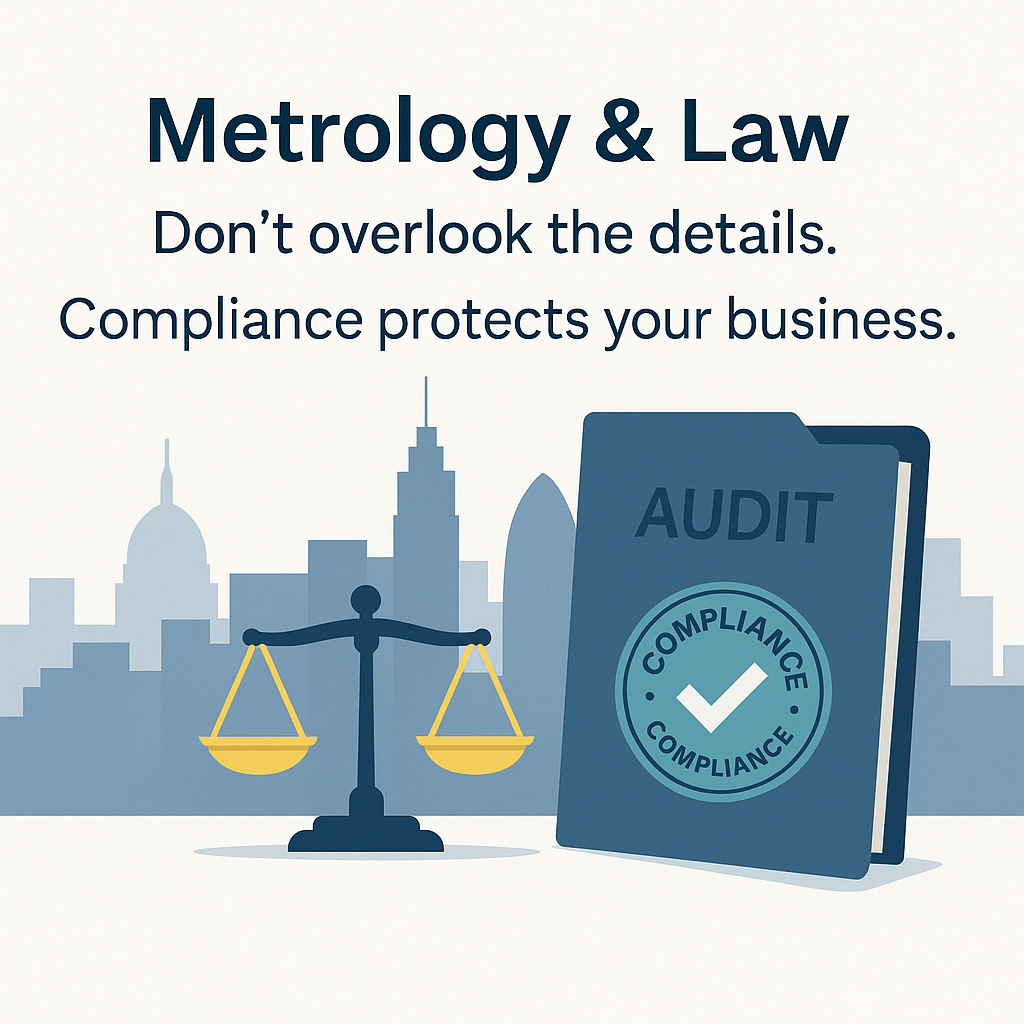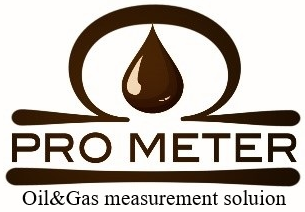Legal Shield — Legal Protection. Measurement and Metrology
Your measurements and custody-transfer protocols remain legally resilient in any situation.
🛡 Introduction
Commodity operations along oil & gas transit corridors are a real minefield. Legal risks hide at every step: from measurements and protocols to national and international agreements. Lawyers often argue over “commercial terms” (price, supply conditions), but in commissions and arbitration it is metrology that decides: operators rely on measurements, and measurements rely on methods, references to standards, and properly completed documentation.
Legal Shield by Pro meter is not a slogan but a working roadmap for safe passage through this “minefield.” We detect contradictions in advance, design legally robust procedures, and review document packages before signing critical agreements.
Standard protection level
Protocols, logs, calibration and verification — strictly per the rules of the region.
Traceability and unified format of records (acts, forms, reports).
What they rarely tell you
In many countries, national norms conflict with international ones (OIML, API, ISO, GOST).
In routine work this is invisible, but it surfaces in courts and arbitration.
The highest risk is around “uncertainty vs error” terminology and incorrect references to sources.
Why Pro meter
40+ years of practice on transit corridors, continuous work with inspections and audits.
Deep expertise in OIML, API, ISO/IEC, GOST and their “interfaces” in real projects.
Ability to embed legal resilience directly into measurement procedures and documents.
What you get
Verified documentation, ready for inspections and arbitration (including metrological support).
A tailored list of risks and legal pitfalls for the specific project.
Technical recommendations for arranging both the primary and backup measurement schemes.
Balance reconciliation recommendations.
📘 Legal Metrology — extended
📄 Documentation and translations
Free PDF copies found on the internet may look convenient, but they are often outdated, truncated, or mistranslated.
In arbitration such documents are easily challenged.
Recommendation: organizations involved in the project must keep a complete, up-to-date set of documents listed in the main contract.
🧭 Pro meter recommendations (5 steps)
Track your sources. Always reference the original: OIML, ISO, API, GOST.
Choose methods correctly. If a standard requires “error,” do not replace it with “uncertainty.”
Record legal rationale. A short phrase in the protocol can protect a contract.
Develop applied methods for the site. Consider node conditions (T, P, ranges).
Run internal audits before inspections to verify compliance with international norms.
🛡 Pro meter practice (audits)
To assess the state of metrological support, we run confidential internal audits.
Depending on the required depth, these can be performed remotely or on site.
🔎 For custody-transfer measurement systems we typically check:
Technical design documentation.
Operation manuals.
Shift/hourly reports of the system.
Calibration and verification protocols.
Flow computer configuration and checksum.
Flow computer event log.
This minimum package is sufficient for remote assessment.
For a complete audit, an on-site visit is required: we review the full documentation set specified in the contract and check the technical condition of the measurement systems.
A step-by-step audit program is available upon request.
All audits are fully confidential and carried out without disturbing the operating process.
🧰 Pro meter deliverables in metrology
Method sheets for calibration and verification.
Protocol templates with explanatory notes.
Error and uncertainty budgets in editable Excel for metrological analysis.
Algorithms for error/uncertainty evaluation using proprietary methods.
Applied documentation for automated measurement systems.
Documentation for technical servicing.
Everything we produce complies with international and national metrology law.
🎓 Consulting, training and mentoring
We practice the following formats:
Master classes instead of generic seminars.
Coaching and on-site mentoring of young lead specialists.
We do not replace your position — we help build skills and experience.Advisory for technical directors and top managers.
We orient management on what requires attention and what can be safely ignored.Development of algorithms for calculation, regulation and control.
We write technical specifications for programmers and coordinate their work during project delivery.Advisory for project managers.
We always think a few steps ahead. Compliance is embedded into every action.
📂 Case snapshots
Pro meter has encountered many serious — and sometimes curious — cases. For example:
Vessels delayed at anchorage. Tankers waiting for weeks or even months due to errors in transit paperwork.
Equipment returned to suppliers. Entire batches rejected because customs would not accept improperly prepared documentation.
Chemical analyses invalidated. Attempts to “speed things up” led to protocols being rejected as incorrect.
And these are just a few examples. Pro meter has extensive, document-backed experience.
Full details are shared only in closed one-to-one meetings — to protect our clients’ interests and confidentiality.
📑 Reference standards (compact set)
International:
OIML R 117 (liquid measuring systems), OIML D 31 (AMS guide), ISO 3171 (sampling), ISO 4259 (test method precision), API MPMS Ch. 4 (provers), API MPMS Ch. 11 (physical property tables).
National/Regional (example RU/CIS):
GOST 8.586.1–5 (custody-transfer measurement units), GOST R 8.615 (liquid meters), GOST 2517 (sampling), GOST 27384 (quantity/quality systems), VNIIR/VNIIMS guidelines (compact provers, reference devices).
Legal framework and order
Pro meter ensures that every project complies with metrology standards and laws. Respecting metrological law means order, safety, and reliability.
- ✔ Documents verified and ready for inspections
- ✔ Risk analysis and legal pitfalls avoided
- ✔ Technical recommendations and metrological order
Without compliance with metrology, a project is not legally complete.

📜 Legal framework (laws & ISO)
In projects touching human health, working conditions and the environment, metrology is not an “option” but a legal requirement. Without a metrology block, a project is merely a technical description and legally incomplete — vulnerable during inspections and disputes.
Latvia / EU — regulated legal metrology
- Latvian law Par mērījumu vienotību — protects life, health and the environment from the consequences of inaccurate measurements. likumi.lv
- Procedures for metrological control and initial verification (Cabinet regulations; PTAC/ministries). PTAC
- EU Directive 2014/32/EU (MID) — CE, “M” mark, and notified bodies. EUR‑Lex
ISO / JCGM — what must be in documentation
- ISO/IEC 17025 — competence of testing and calibration laboratories. ISO
- ISO 10012 — measurement management system. ISO
- JCGM / GUM — guide for the expression of measurement uncertainty. BIPM
- ISO 14001 — environmental management. ISO
- ISO 45001 — occupational health & safety. ISO
- ISO 9001 — monitoring, measurement, analysis and evaluation. ISO
Where metrology is mandatory by default
- Measuring instruments and systems used for trade/settlements (water, gas, heat, electricity, liquids other than water; automatic weighing instruments, taximeters, capacity measures, exhaust analysers).
- Measurements affecting health, safety and the environment and other regulated legal‑metrology domains.

